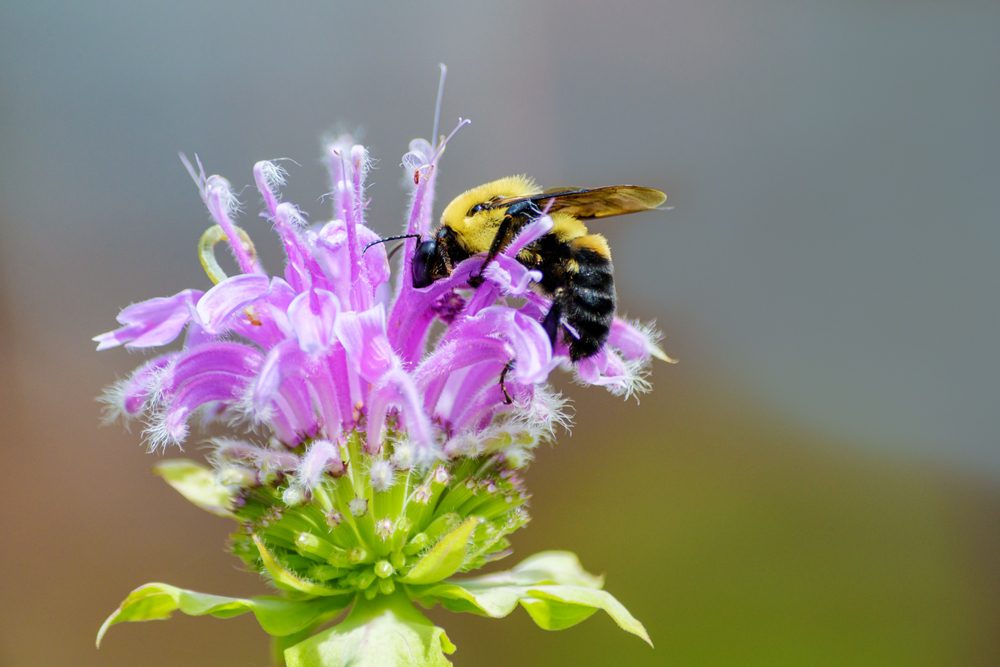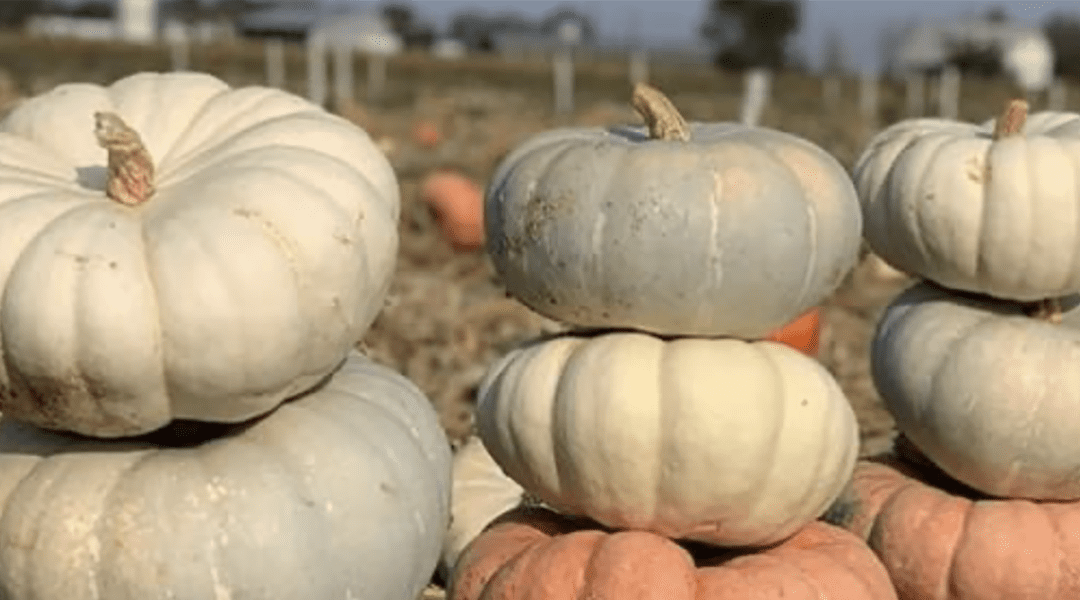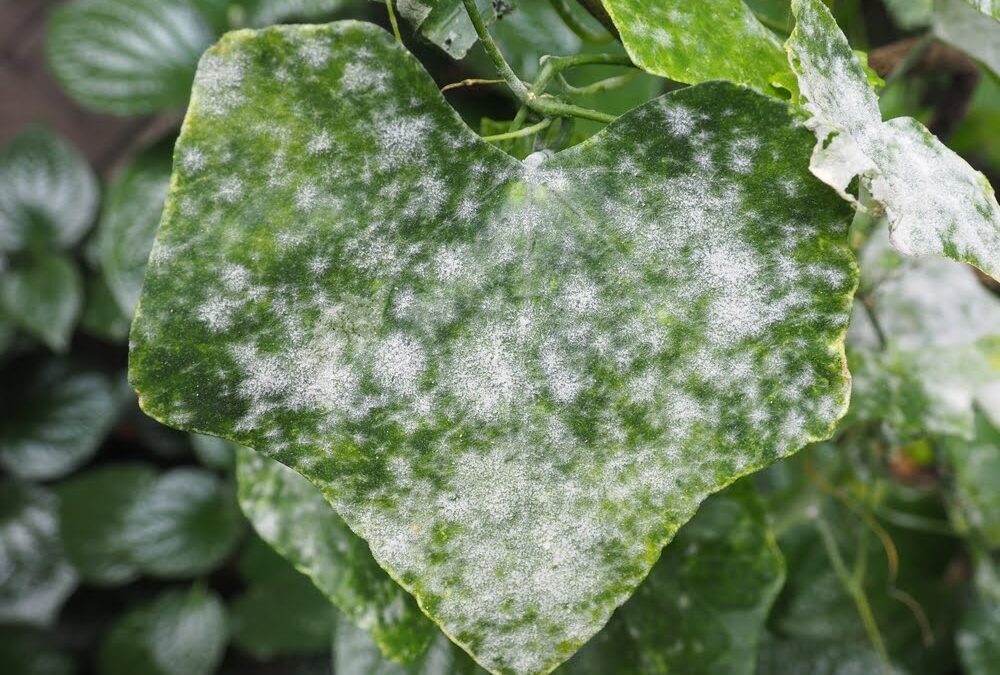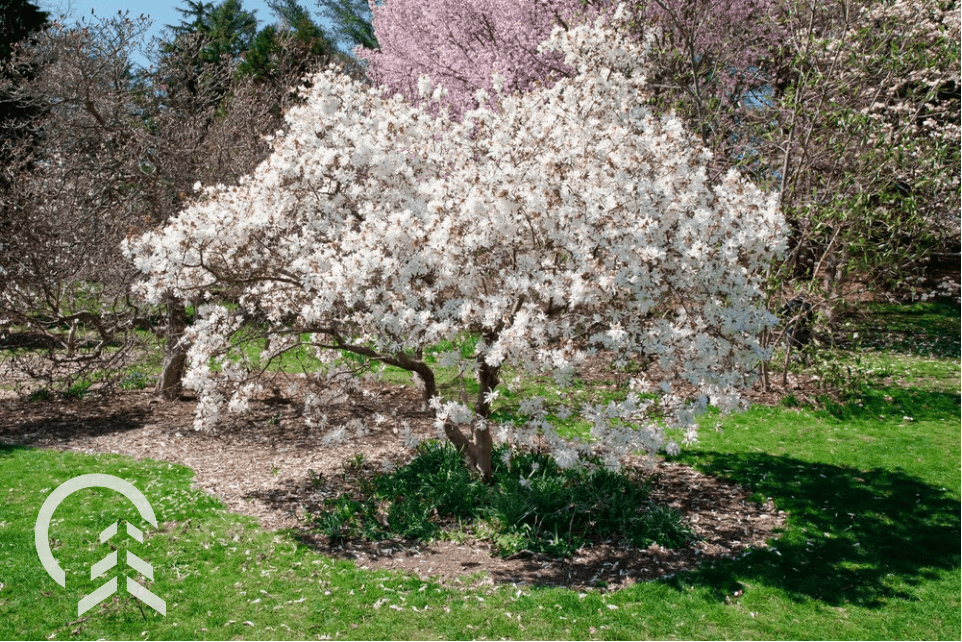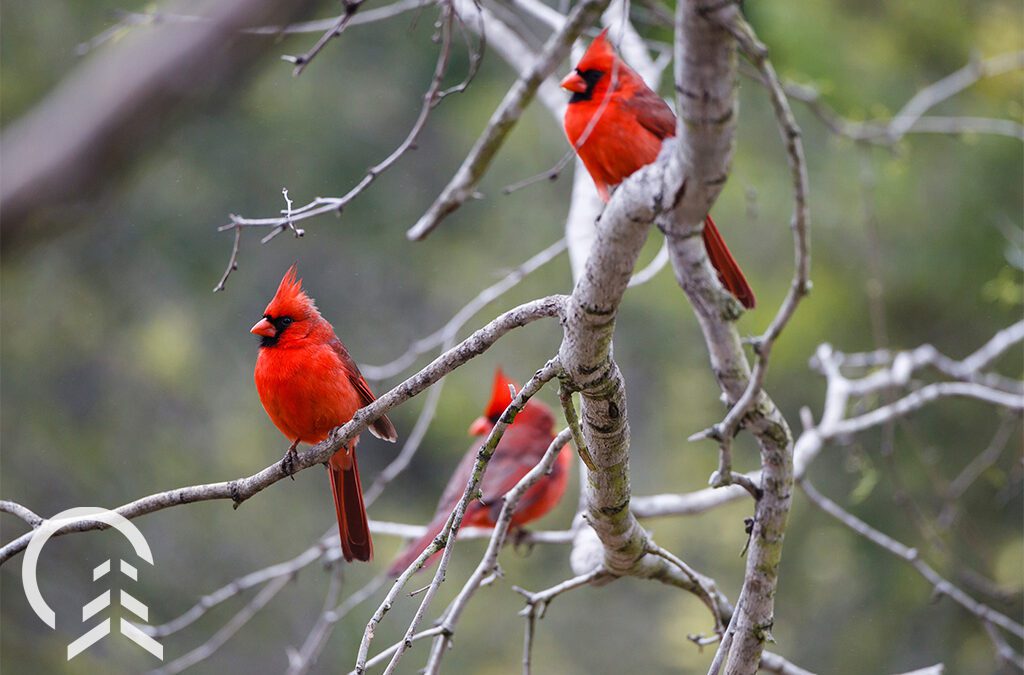
by Platt Hill Nursery | Oct 9, 2024 | Landscaping, Lawn & Garden, Newbie Gardener, Outdoor Living
Pollinator plants attract a range of pollinators, but most especially bees! Chicago area bees are responsible for many of the flowers and foods that we eat. Did you know that 80 percent of the world’s flowering plants need a pollinator to reproduce, and about...

by Platt Hill Nursery | Oct 1, 2024 | Holidays, Newbie Gardener, Outdoor Living
Pumpkins are synonymous with autumn, but not all pumpkins are created equal. While the classic orange pumpkin is often the star of the show for Halloween and Thanksgiving, there are many other specialty varieties that offer unique colors, textures, and flavors....

by Platt Hill Nursery | Sep 27, 2024 | DIY/How to, Outdoor Living
One of the most widespread plant diseases is powdery mildew. This common fungus thrives best in climates that are warm and dry. Powdery mildew appears as a white fuzzy fungus on plants. It’s easily recognized by the spots and patches of white and gray mold that...

by Platt Hill Nursery | Sep 27, 2024 | DIY/How to, Outdoor Living, Winged Friends
It seems like there are a million pests that can invade your garden, from aphids to spider mites, cutworms to Japanese beetles. Japanese beetles in particular can be a frustrating garden nemesis because they’re not native to the United States, and they...

by Platt Hill Nursery | Aug 10, 2024 | DIY/How to, Outdoor Living
Magnolias are cherished for their stunning, blooms and lush green foliage, but they can sometimes fall victim to a sneaky pest: magnolia scale. This pesky insect, often overlooked until the damage becomes apparent, can weaken these beautiful trees, causing stunted...

by Platt Hill Nursery | Jan 3, 2024 | Winged Friends, DIY/How to, Lawn & Garden, Outdoor Living
Attracting birds over the long term involves slowly transforming your landscape into a thriving, bird-friendly habitat, complete with the plant varieties they rely on for food and shelter. Feeding the wild birds in your neighborhood is a great way to form a...
